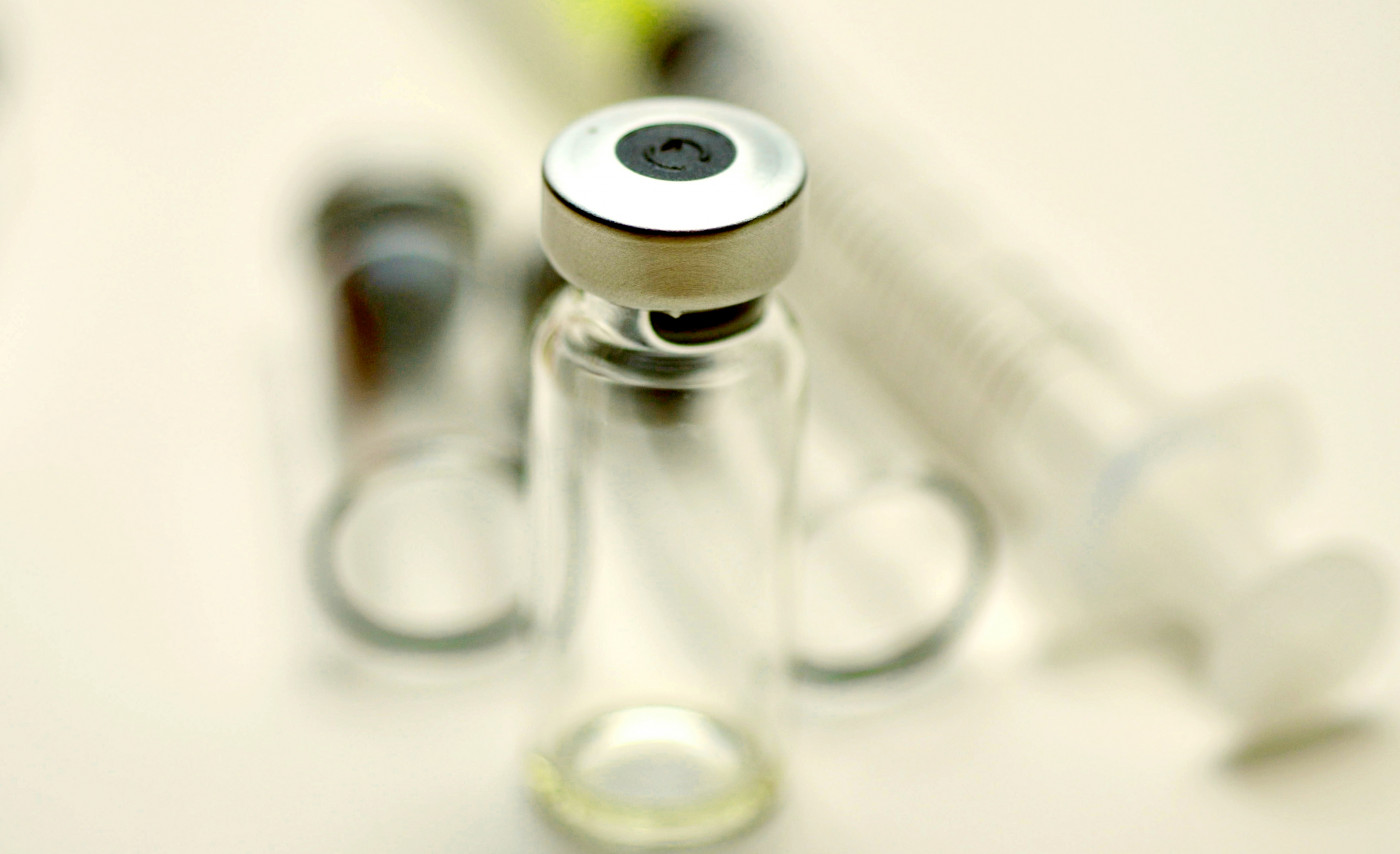Patients with Angioedema Have Worse Response to Urticaria Treatment Xolair

Angioedema seems to predict poorer responses and lower chances of remission in chronic urticaria patients receiving Xolair (omalizumab), a retrospective study shows.
The study, “Angioedema is an unfavorable factor for the response to omalizumab in chronic spontaneous urticaria: a retrospective study,” was published in the journal Dermatologic Therapy.
Urticaria, or hives, are itchy red or flesh-colored welts that sometimes appear with no known cause. When patients experience new outbreaks almost every day for six weeks or more, the disease is called chronic urticaria.
Antihistamines, commonly used to relieve allergy symptoms, are often used as first-line treatment for chronic urticaria. But not all patients respond to such approaches.
In 2014, the U.S. Food and Drug Administration approved Xolair as a treatment for patients 12 and older whose symptoms did not improve with standard antihistamine therapy. Xolair is an antibody that prevents histamine from being released from immune cells, dampening the allergic response.
Researchers in Turkey aimed to determine the efficacy and safety of Xolair in a real-world setting. They reviewed the medical records of 40 chronic urticaria patients who had received Xolair at the Department of Dermatology, Mustafa Kemal University between May 2014 and December 2016.
Xolair was given once a month via injection, and was stopped every six months. If symptoms returned, treatment was restarted.
Patients in the study (average age 43.1 years) had had urticaria for a median of three years. Twelve patients (30%) also had angioedema.
A total of 19 patients (47.5%) achieved complete resolution of symptoms with Xolair treatment only, and 18 patients (45%) had a partial response, deemed a resolution or partial relief of symptoms with Xolair plus antihistamines.
The remaining three patients discontinued treatment because of reduced efficacy.
Researchers looked at whether patients who responded to treatment were any different from those who did not. They considered factors including gender, age, disease duration, and angioedema, but no significant differences were detected between the two groups.
However, complete responses were more frequent in patients without angioedema (60% versus 33%), they reported.
Overall, 15 patients — 13 of whom did not have angioedema — achieved disease remission. The findings showed that the absence of angioedema — but not gender, age, or disease duration — was significantly associated with remission.
Xolair caused two patients to have adverse reactions — a reaction in the injection site and palpitations — which were reversed.
“Thus, omalizumab can be used effectively and safely in refractory chronic urticaria patients,” investigators said.
However, the presence of angioedema may be “an unfavorable factor for remission and complete response” to Xolair. “Chronic spontaneous urticaria patients with angioedema may need longer treatment,” researchers suggested.





